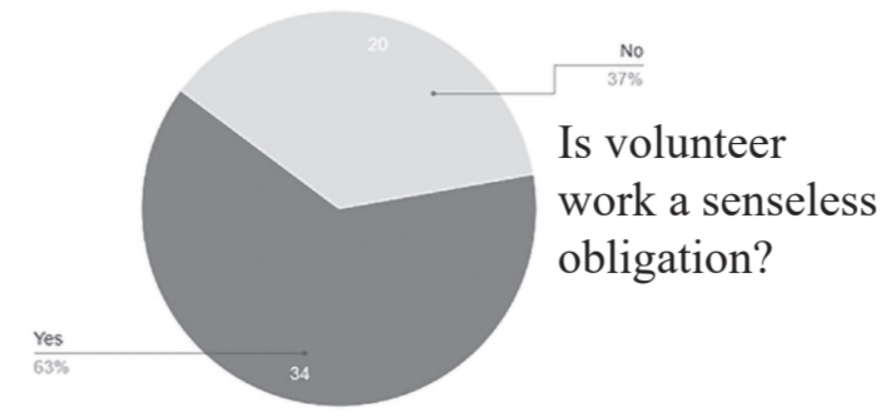
By Nora Brody and Clara Keeton, Staff Writers
In recent years, Valentine’s Day has become more and more eco-friendly. This shift is not only a nod to environmental consciousness, but also brings back heartfelt traditions that have been overshadowed by commercialism.
One time-honored Valentine’s Day tradition making a comeback is the planting of trees. Rooted in the legend of the “Valentine Oak,” planting a tree symbolizes growing love and commitment to a partner and the planet. Organizations like TreeGivers and Treedom are at the forefront, selling trees that can be planted in honor of loved ones. Treedom offers a special Valentine’s Day collection, which includes orange, passionfruit, and mango trees available for international customers.
“I think tree planting is a very good tradition because it keeps our world healthy,” said freshman Alexa Chetelat.
Another eco-friendly option gaining popularity is gifting flowers that have a life beyond the vase. These blooms can be composted or repurposed into soaps and fragrances, while also offering a range of benefits, from improving air quality to boosting mental health. Moreover, flowers like roses and honeysuckle, commonly associated with the day of love, can be planted to flourish year after year. This not only reduces waste, but also serves as a living testament to enduring affection.
“Every Valentine’s Day, my dad gets flowers for my mom,”
said Chetelat.Additionally, potted plants are a gift that keeps on giving. Varieties such as laceleaf, monstera, string of hearts, and calathea medallion are visually and contribute to a healthier environment. In West Springfield, where many residents use a compost facility, these plants can be composted at the end of their life, enriching the soil instead of being thrown away.Handmade cards and gifts, which are carefully crafted and personalized, embody the spirit of thoughtfulness. In a world where store-bought items are easily accessible, the choice to spend time and effort creating something for your valentine is not only environmentally conscious, but shows affection and consideration.v
“Every time I’ve given somebody a handmade gift, they’ve always been happy about it,” said freshman Angie Manion.
Valentine’s Day presents an opportunity to infuse sustainability into expressions of love. By choosing gifts that give back to the environment, the holiday can be celebrated in a way that’s as green as it is heartfelt.

By Blythe Steahly, ETC. Editor
Valentine’s Day has been corrupted by the classic greed of consumerism. The holiday, once a celebration of love and devotion, is now a day to consume as many wasteful products as possible.
”The increase in the sale of Valentine’s Day products introduces more plastic into an already plastic-saturated environment. The plastic wrap around your Valentine’s Day flowers, candies, cookies, and other gifts sticks around forever,” said biology teacher Mariah Eisman.
The growing amount of plastic causes an array of problems to arise. With the material already causing chaos in ecosystems worldwide, Valentine’s Day causes a sudden spike in this.
“Plastic waste is a huge problem right now. Plastic does not biodegrade or decompose. It breaks down into smaller and smaller pieces, eventually becoming what are known as microplastics. Microplastics have been found in the tissue of fish, birds, and even in our bottled water,” said Eisman.
With the major corporations marketing materialism as love, it can be confused as the only way to show affection. Young kids are taught that the only way to show love is through materialistic things and puts pressure on purchasing them.
“I feel like oftentimes businesses feel that they can capitalize off of holiday events like Valentine’s Day, so the marketing strategies aimed at teens and young adults are very effective in pressuring the public to get gifts on Valentine’s Day,” said junior Izzy Turinganl.
Despite this, most of the goods that these corporations work so hard to promote don’t even get purchased. When this happens, they are instead discarded and left to the environment to deal with.
“Most of the [Valentine’s Day items after the holiday] are thrown out and a small percentage is moved to the clearance section,” said junior Jonathan Evans, who is an employee at Giant.
All in all, Valentine’s Day exemplifies that the major problem with consumerism is the environmental impacts, which occur every day. The holiday itself isn’t the problem, it’s the majorly unsustainable practices that follow it.








